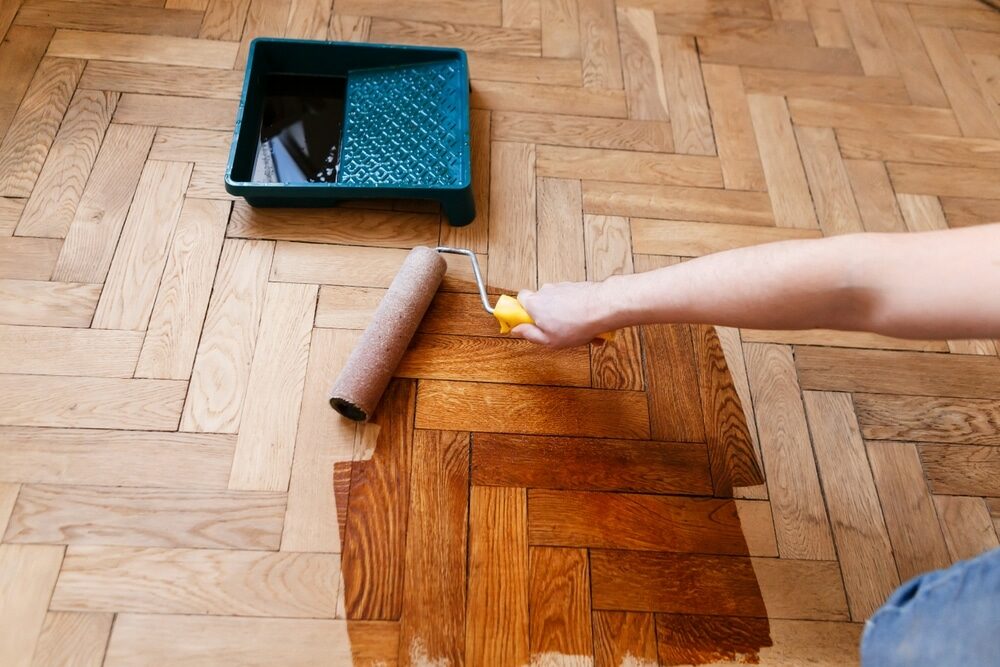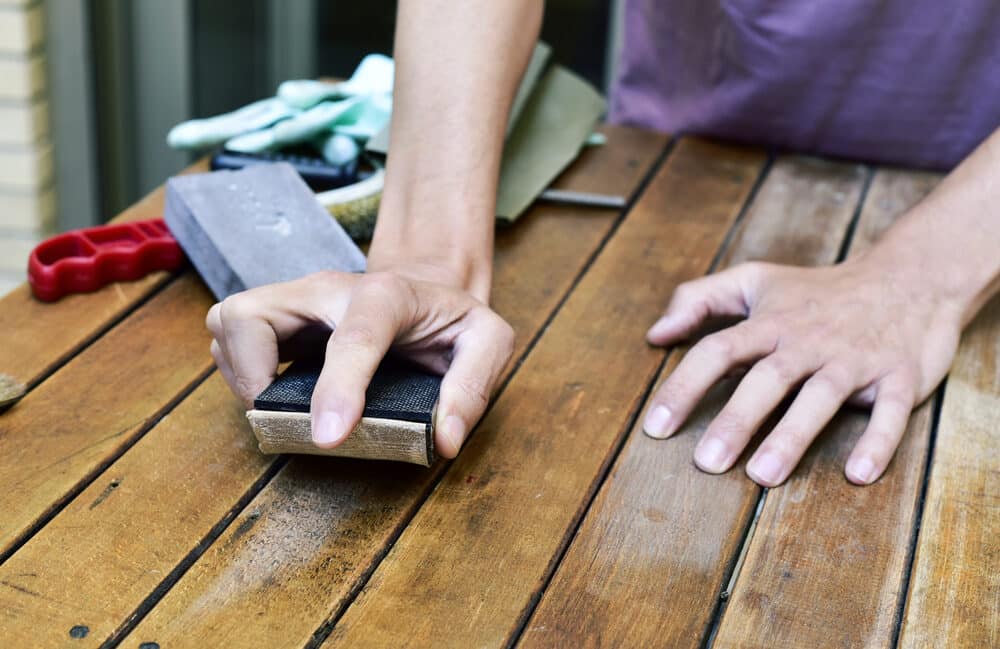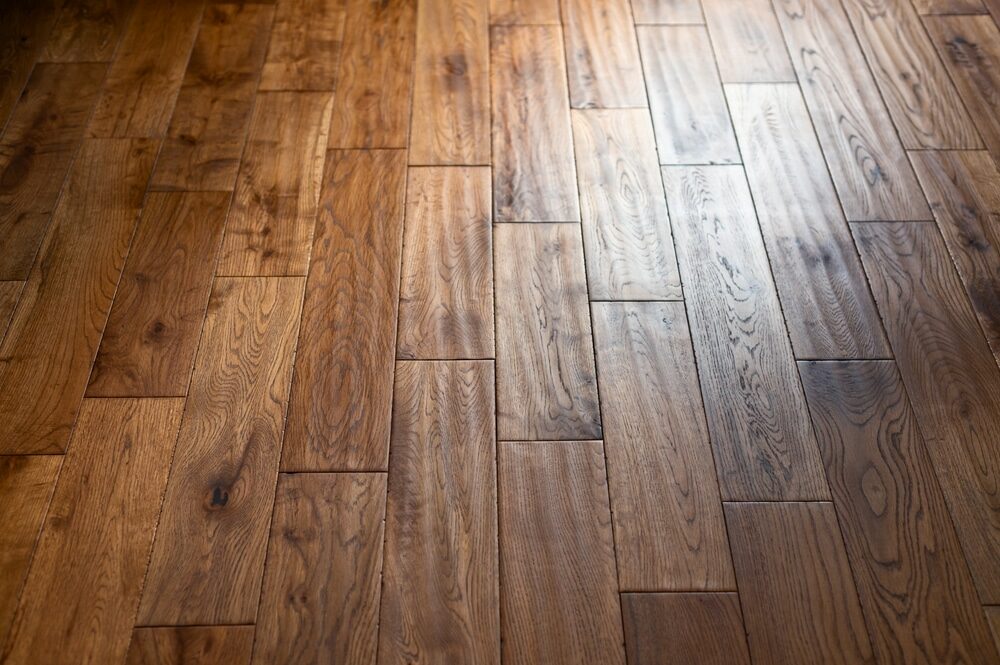London:
Nationwide:
Different Types of Screening Methods for Floors
Posted on January 5, 2024
Floor sanding techniques
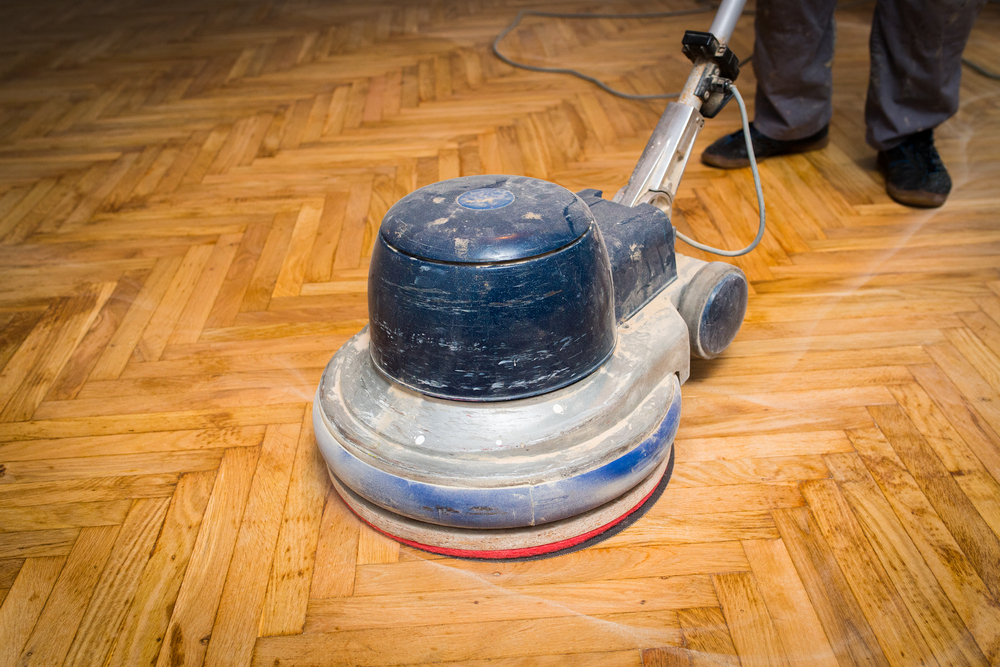
Exploring Various Floor Screening Techniques: An In-Depth Guide
Welcome to our comprehensive guide on the various floor screening methods used for floors. Whether you’re a homeowner looking to refurbish your floors, a professional floor installer seeking the latest techniques, or simply someone interested in the world of floor maintenance, this post is designed to provide you with valuable insights.
Floor screening is an essential aspect of floor maintenance and restoration. It involves the process of refining the surface of a floor to ensure it not only looks aesthetically pleasing but also maintains its durability and functionality. The right screening method can make a significant difference in the lifespan and appearance of a floor, whether it’s hardwood, tile, or any other material.
In this guide, we’ll delve into the basics of floor screening, exploring what it is and why it’s so crucial for preserving the quality of your floors. We will also discuss the different types of screening methods available, including dry screening, wet screening, and mechanical screening, each with its own unique processes and outcomes.
Our aim is to provide you with a thorough understanding of these methods, helping you make informed decisions about the best approach for your specific flooring needs. So, let’s embark on this journey to discover the best practices, tools, and techniques in the world of floor screening.
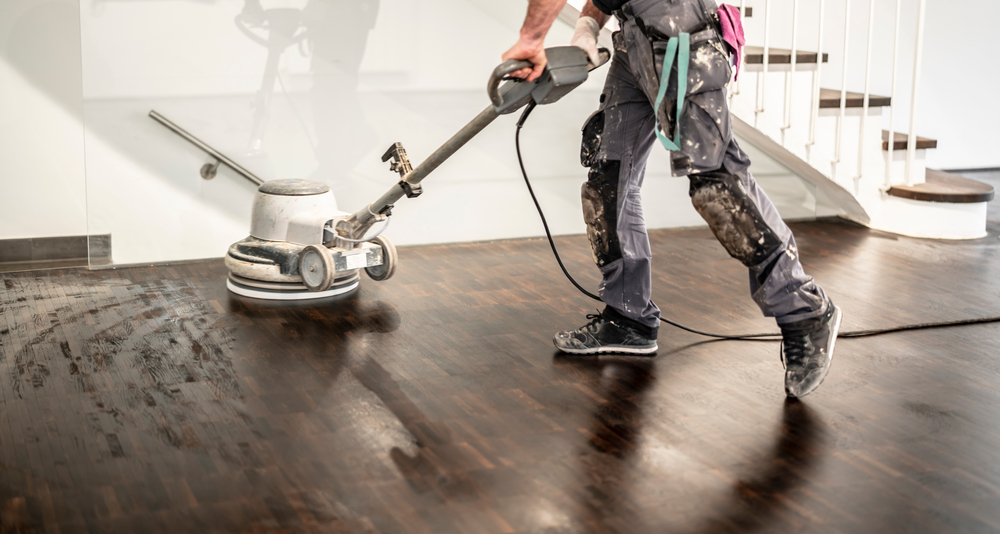
Basic Concepts of Floor Screening
Floor screening is a crucial process in the maintenance and restoration of various types of flooring. It is a technique used to rejuvenate floors by removing the topmost layer, which may be damaged, worn out, or scratched, to reveal a fresh layer underneath. This section will break down the fundamental concepts of floor screening, helping you understand its significance and how it plays a vital role in floor maintenance.
What is floor screening?
Floor screening, often misunderstood as a complete refinishing process, is actually a less invasive method. It involves lightly sanding or abrading the surface of the floor. This process is typically done using specialised machinery or screening discs that gently remove the top finish layer without cutting into the wood or the core material of the floor. The main objective is to prepare the floor for a new finish or to buff out superficial imperfections.
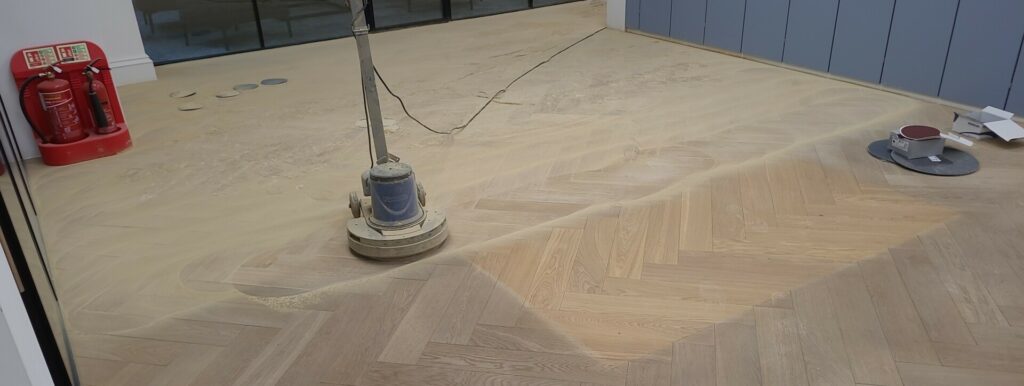
The Role of Screening in Floor Maintenance
Screening is an essential part of a comprehensive floor maintenance program. Here’s why:
- Preservation of the Floor’s Integrity: Screening is a less aggressive method compared to full-scale sanding. It helps maintain the structural integrity of the floor by only targeting the surface layer.
- Extending Floor Life: Regular screening can significantly extend the lifespan of a floor. By removing only the top layer, it allows for minor repairs and refreshes the appearance without the need for more extensive and costly interventions.
- Preparation for Refinishing: Screening provides a clean, smooth surface that is ideal for the application of a new finish, varnish, or sealant. This is crucial for ensuring the finish adheres properly and lasts longer.
- Enhancing Aesthetic Appeal: Screening can revitalise the look of a floor, bringing back its original shine and luster. It’s an excellent way to keep floors looking their best between major refurbishments.
- Cost-Effective Maintenance: Compared to a complete floor overhaul, screening is a more affordable and time-saving solution for maintaining floors in good condition.
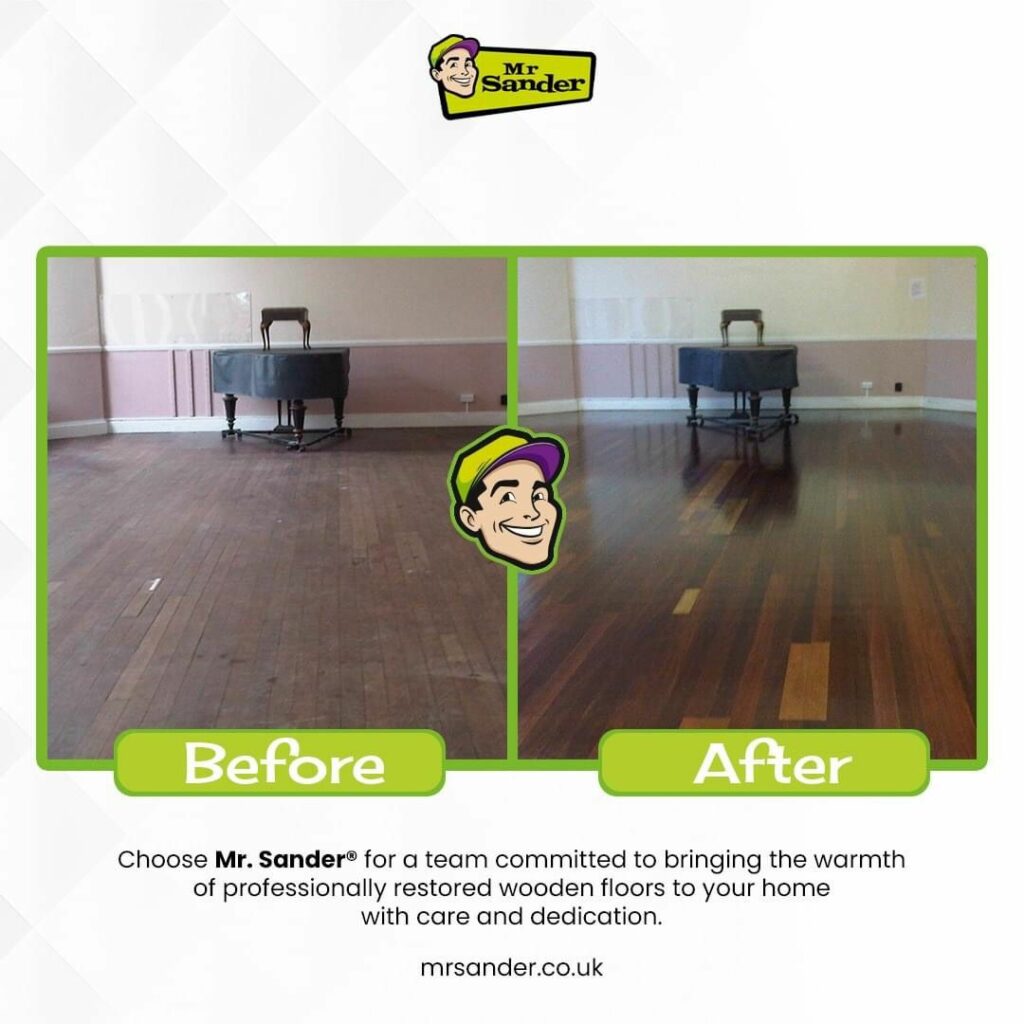
Understanding these basic concepts of floor screening is the first step in recognising the value it brings to floor care and maintenance. As we delve deeper into the different types of screening methods in the following sections, you’ll gain a clearer perspective on which method suits your flooring needs the best.
Types of Floor Screening Methods
Floor screening is a diverse and adaptable process, catering to various flooring types and conditions. This versatility is primarily due to the different screening methods available, each suited to specific requirements and outcomes. In this section, we will explore the three primary types of floor screening methods: dry screening, wet screening, and mechanical screening.
Dry Screening Method
Dry screening is the most traditional form of floor screening. This method involves using abrasive screens or pads that are attached to a rotary machine. The machine is then used to buff the floor surface in a dry state. Dry screening is particularly effective for lightly worn floors and is commonly used as a preparatory step before reapplying floor finishes.
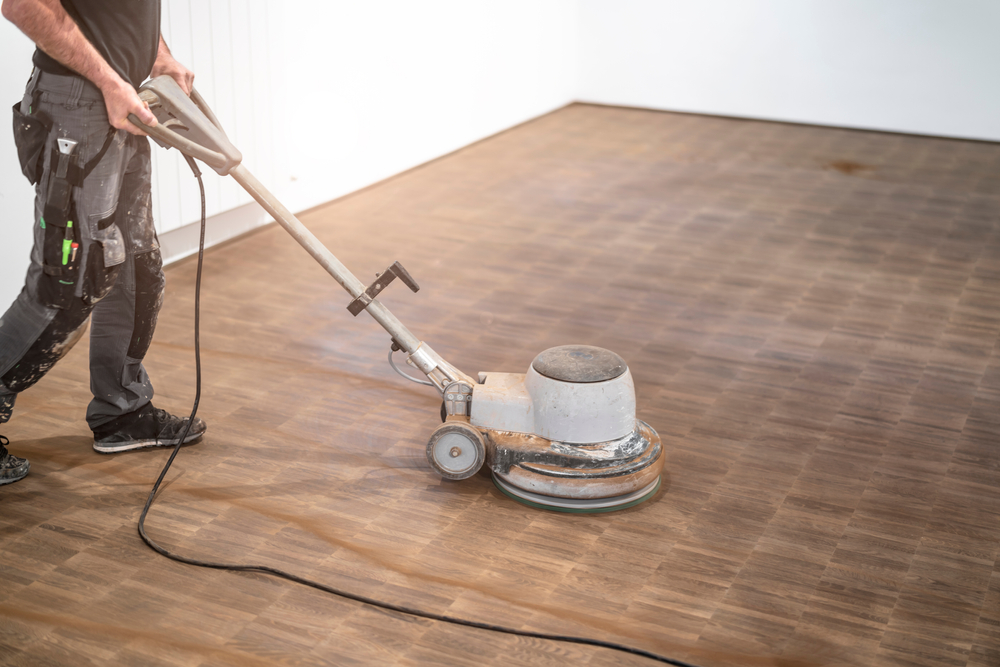
Key Characteristics:
- Produces minimal dust
- Ideal for light to medium wear
- Requires vacuuming after the process.
Wet Screening Method
Wet screening, as the name suggests, incorporates the use of water or a liquid solution during the screening process. This method helps in reducing dust and can provide a more controlled abrasion. Wet screening is often preferred for floors that require a more intensive treatment or where dust containment is a priority.
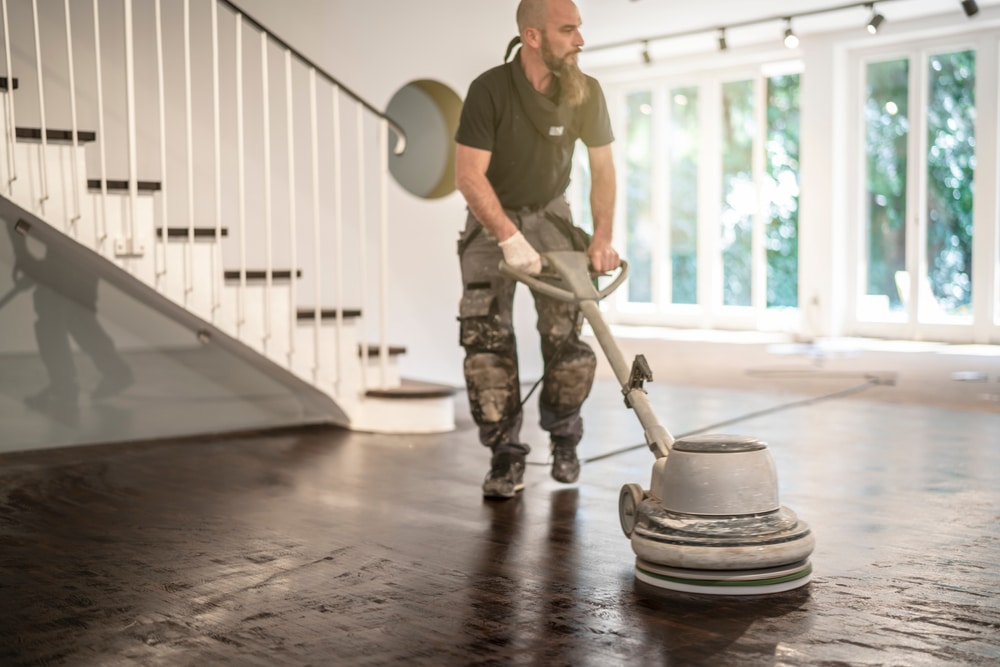
Key Characteristics:
- Minimises dust production
- Provides a more uniform abrasion
- Requires drying time post-screening.
Mechanical Screening Method
Mechanical screening utilises advanced machinery and equipment, which can include automated or semi-automated screening systems. This method is designed for efficiency and consistency, making it ideal for large-scale or commercial flooring projects.
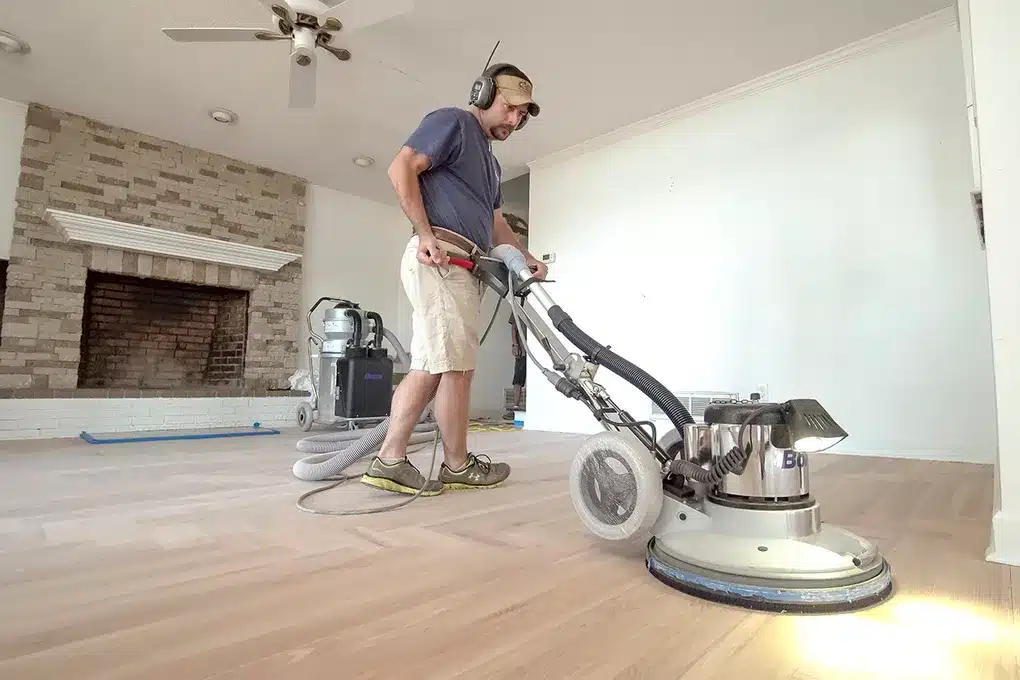
Key Characteristics:
- High efficiency for larger areas
- Consistent results
- More complex equipment
Each of these screening methods has its own set of advantages and ideal use cases. Understanding the differences and applications of these methods is crucial for choosing the most suitable approach for your flooring project. As we delve into the specifics of each method in the upcoming sections, you’ll gain a deeper insight into how to effectively utilise these techniques for optimal floor care and maintenance.
Dry Screening Method
The dry screening method is a popular and effective technique for floor maintenance, especially for wooden floors. This method is known for its efficiency and ease of use, making it a preferred choice for both DIY enthusiasts and professional floor technicians. Let’s dive deeper into the process, advantages, and considerations of the dry screening method.
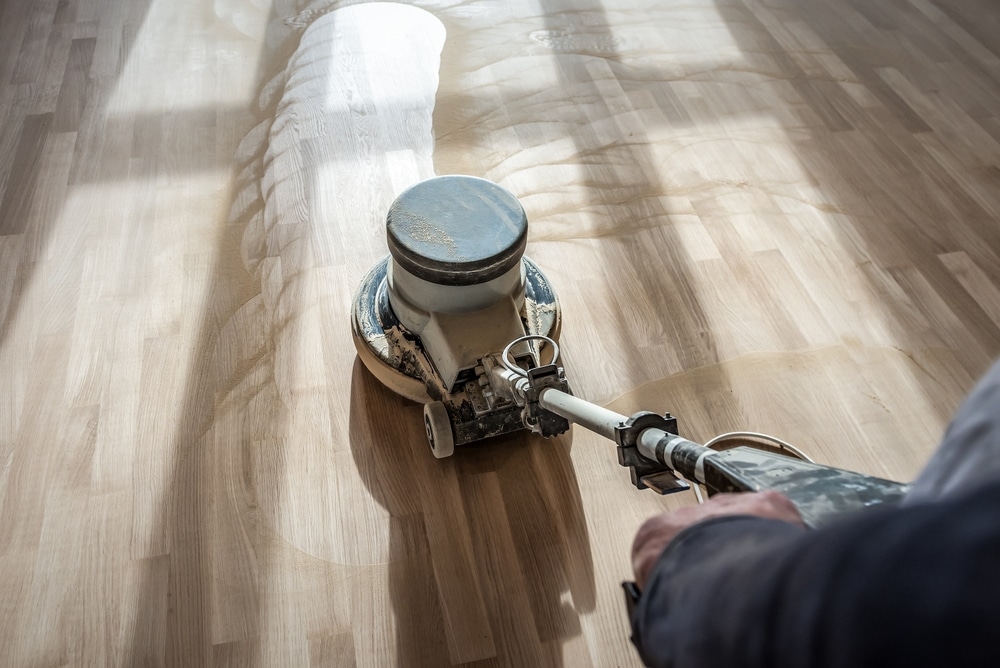
Process and Techniques
Dry screening involves using a floor buffer or rotary machine equipped with a series of abrasive screens or pads. These screens come in different grit sizes, allowing for customisation based on the floor’s condition and the desired outcome.
Step-by-Step Process:
- Preparation: Clear the room and clean the floor to remove any dust or debris.
- Selecting the Right Grit: Start with a coarser grit and progress to finer grits. For lightly worn floors, a finer grit may be sufficient.
- Screening: Attach the screen to the buffer and evenly move across the floor in a systematic pattern. Overlap each pass slightly to ensure uniform coverage.
- Cleaning: After screening, thoroughly vacuum the floor to remove all dust and particles.
Advantages:
- Efficiency: Quickly smooths out imperfections and prepares the floor for refinishing.
- Dust Production: While it does produce some dust, it’s considerably less than traditional sanding.
- Ease of Use: It is relatively simple to operate, making it accessible to non-professionals.
Disadvantages:
- Not for Deep Damage: Less effective for floors with deep scratches or significant wear.
- Dust Management: This requires proper dust containment and cleanup post-screening.
The dry screening method serves as a practical and efficient solution for keeping floors in top condition, especially when dealing with minor wear and tear. It’s a testament to the saying, “a stitch in time saves nine,” as regular use of this method can prevent the need for more extensive and costly repairs down the line.
Wet Screening Method
The wet screening method is another valuable technique in the realm of floor care and maintenance, particularly favoured for its dust-reducing capabilities and its effectiveness in dealing with more challenging floor conditions. This method is often used in environments where dust control is crucial, such as hospitals, schools, or homes with allergy sufferers. Let’s explore the intricacies of the wet screening process, its advantages, and its ideal applications.
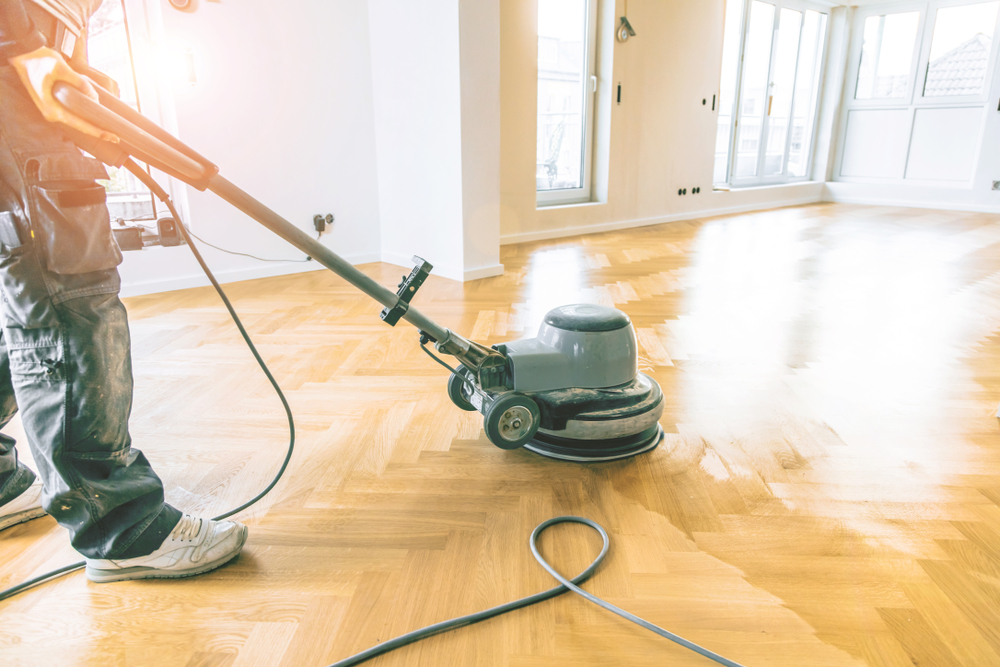
Process and Techniques
Wet screening incorporates water or a liquid solution during the screening process, which helps in controlling dust and providing a more uniform abrasion. The process typically involves a floor buffer or rotary machine, similar to dry screening, but with the addition of a liquid medium.
Step-by-Step Process:
- Preparation: Clean the floor to remove any loose dirt and debris.
- Liquid Application: Apply a small amount of water or screening solution to the floor.
- Screening: Using a buffer with a suitable screen, gently abrade the floor’s surface. The liquid helps to capture the dust particles.
- Cleaning and Drying: After screening, mop up the remaining liquid and allow the floor to dry completely.
Advantages:
- Uniform Abrasion: Provides a more controlled and even abrasion process.
- Dust Reduction: It significantly minimises airborne dust, making it ideal for sensitive environments.
- Deeper Cleaning: Can be more effective on floors with medium wear or more ingrained dirt.
Limitations:
- Drying Time: It requires adequate drying time before applying any finishes.
- Risk of Water Damage: Not suitable for all floor types, particularly those susceptible to water damage.
- Skill Level: May require more expertise to manage the liquid element effectively.
Best Practices for Application
- Floor Type Consideration: Ideal for floors that aren’t prone to water damage, such as certain types of stone, tile, or sealed wood.
- Controlled Liquid Use: Use the minimum amount of liquid necessary to bind the dust and achieve the desired abrasion.
- Regular Checks: Frequently check the condition of the screening pad and the floor to ensure effective and even screening.
The wet screening method is particularly beneficial where dust control is a primary concern or where a more aggressive screening approach is needed. It’s a method that combines effectiveness with environmental consideration, making it a valuable tool in the arsenal of wooden floor maintenance.
Mechanical Screening Method
The mechanical screening method represents a more advanced and efficient approach to floor care, particularly suited for large-scale or commercial projects. This method employs sophisticated machinery and technology to deliver consistent and high-quality results. It’s an ideal solution for maintaining wooden floors in commercial buildings, large residential complexes, or any area where efficiency and uniformity are key. Let’s delve into the details of this method, its unique features, and its optimal uses.
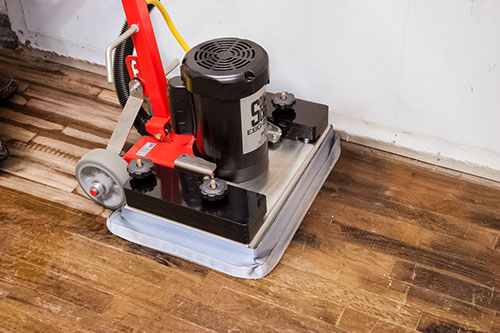
Tools and equipment used
Mechanical screening utilises a range of specialised equipment, which can vary from semi-automated machines to fully automated systems. These machines are designed for heavy-duty use and can cover large areas quickly and consistently. Some of the key tools include:
- Automated Screening Machines: Designed for large areas, these machines can screen floors with minimal human intervention, ensuring uniform results.
- Advanced Abrasive Technologies: These often involve more sophisticated abrasive pads or discs that are engineered for specific floor types and conditions.
- Dust Containment Systems: Many mechanical screening machines come equipped with built-in dust containment systems, making the process cleaner and more environmentally friendly.
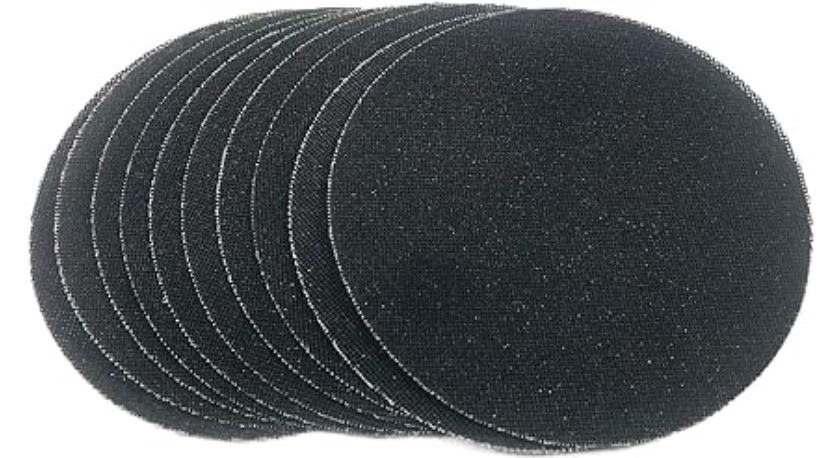
Effectiveness and Efficiency
Key Advantages:
- High Efficiency: Capable of screening large areas in a relatively short amount of time.
- Consistent Results: Automated or semi-automated systems provide uniform abrasion across the floor.
- Reduced Labour Intensity: Less manual effort is required, which is particularly beneficial for large or commercial projects.
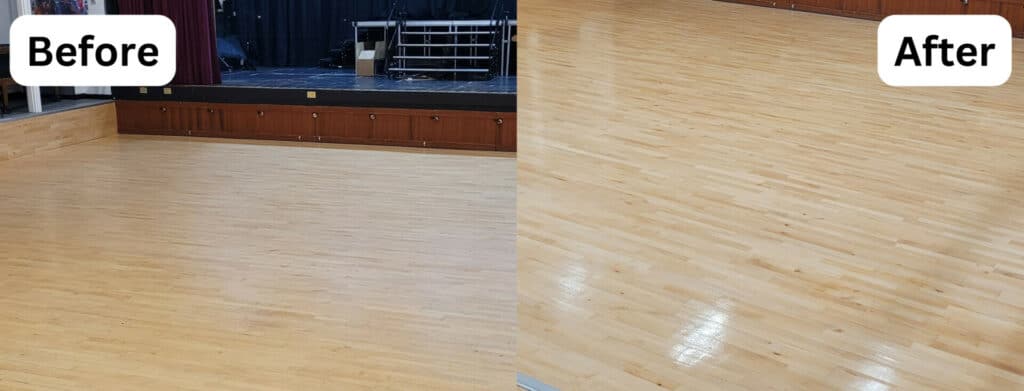
Considerations:
- Cost: typically more expensive in terms of equipment and operation.
- Training and Expertise: Operating these machines often requires specialised training and knowledge.
- Floor suitability: best used on floors that can withstand the rigours of mechanical screening, such as certain hardwoods, commercial-grade tiles, and concrete.
Suitable Floor Types for Mechanical Screening
The mechanical screening method is particularly well-suited for:
- Commercial spaces: such as shopping malls, office buildings, and large retail stores.
- Educational and healthcare facilities: where quick and efficient maintenance with minimal disruption is required.
- Industrial Settings: Where floors are subject to heavy use and require regular maintenance.

Mechanical screening is a testament to how technology can enhance traditional floor care methods. By incorporating these advanced systems, it’s possible to maintain large expanses of flooring efficiently and effectively, ensuring a high standard of appearance and longevity.
Comparative Analysis
In the world of floor screening, choosing the right method is crucial for achieving the desired results while ensuring the longevity and aesthetics of the flooring. The three primary screening methods—dry, wet, and mechanical—each have their own unique characteristics and best-use scenarios. Let’s conduct a comparative analysis to better understand these differences and guide you in selecting the most appropriate method for your specific needs.
Dry Screening:
- Best for: light to medium wear; ideal for routine maintenance.
- Advantages: It produces minimal dust and is quick and efficient for small to medium-sized areas.
- Limitations: less effective for deeply scratched or severely worn floors.
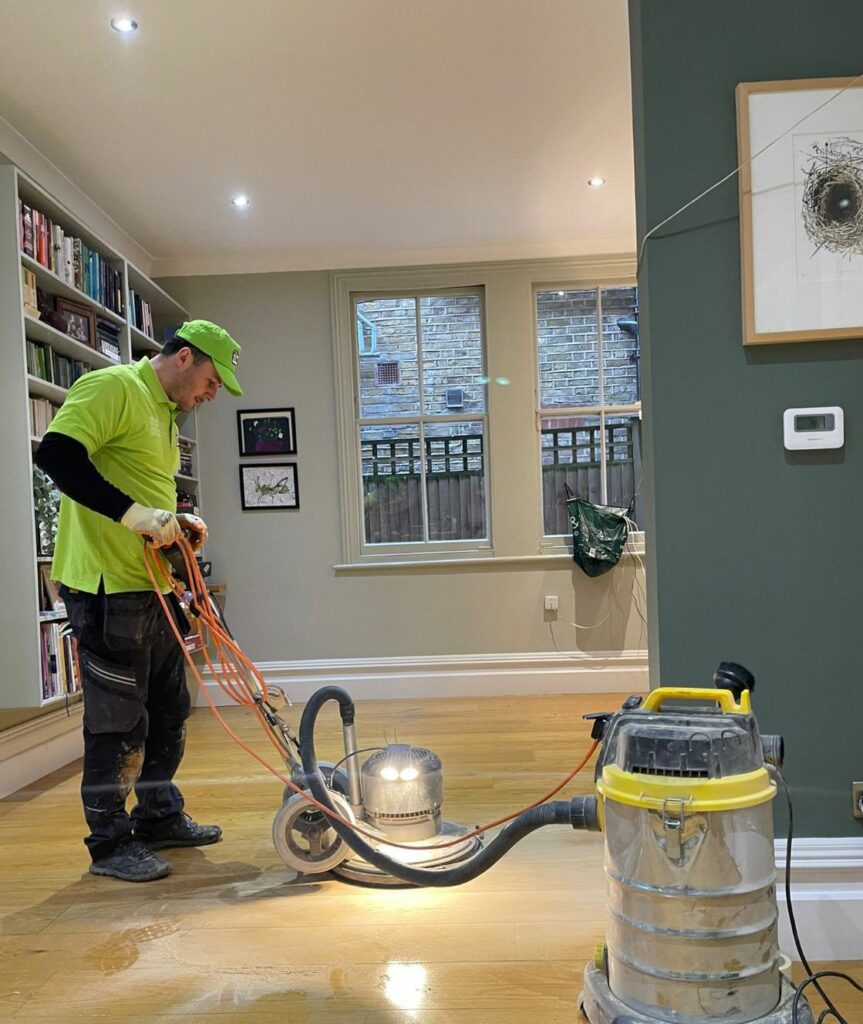
Wet Screening:
- Best for: medium wear or floors requiring more intensive treatment; ideal in environments where dust control is crucial.
- Advantages: minimises dust production, provides more uniform abrasion, and allows for deeper cleaning.
- Limitations: Requires drying time; not suitable for floors susceptible to water damage.
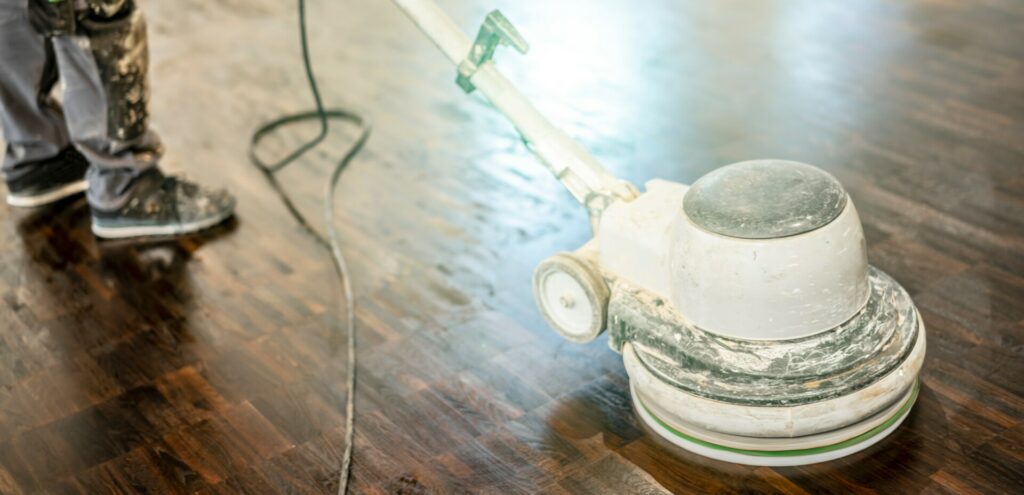
Manual Screening (Dry or Wet):
- Best for: smaller areas, residential settings, or where detailed attention is needed.
- Advantages: More control over the screening process can be more cost-effective for smaller projects.
- Limitations: labour-intensive, less efficient for large areas.
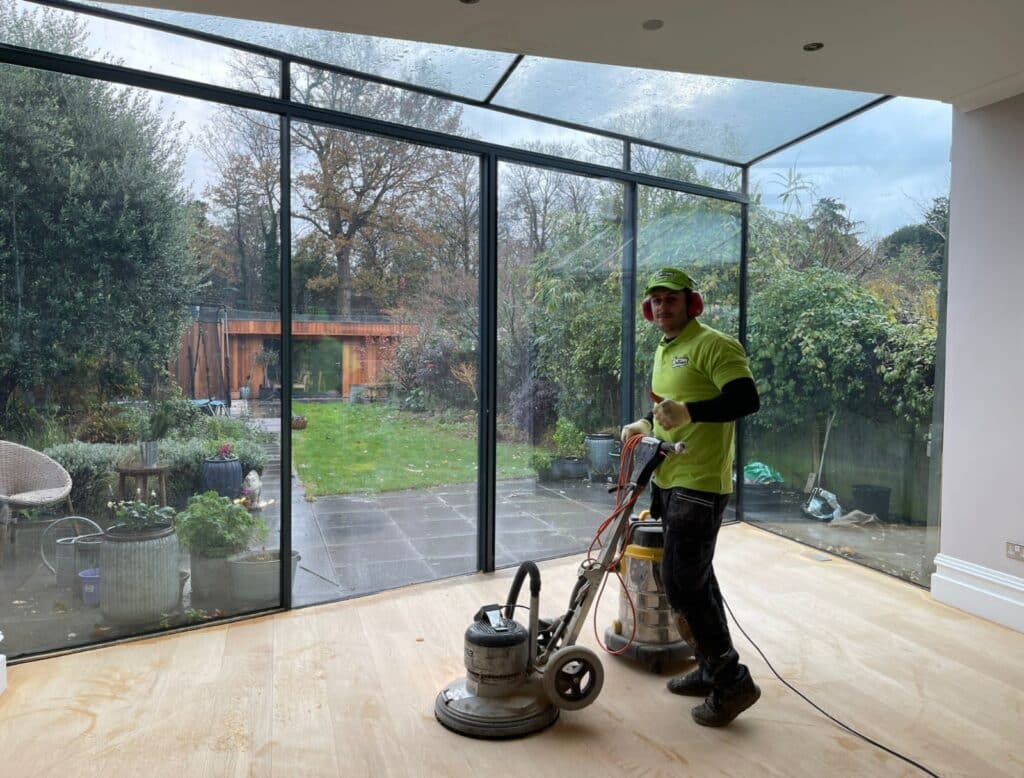
Mechanical Screening:
- Best for: large-scale or commercial projects.
- Advantages: high efficiency for larger areas; consistent results; reduced labour intensity.
- Limitations: higher cost; requires specialised equipment and training.
Choosing the Best Method for Different Floor Types
- Hardwood floors are often best served by dry screening, particularly for routine maintenance or light wear.
- Tile and stone floors can benefit from wet screening, especially when deeper cleaning is needed.
- Commercial or Industrial Floors: Mechanical screening is often the most efficient and effective method.
Maintenance and care Post-Screening
Proper maintenance and care after floor screening are essential to preserving the quality and extending the lifespan of your floors. Whether you’ve chosen dry, wet, or mechanical screening, the steps you take post-screening play a crucial role in ensuring your floors remain in top condition. This section offers practical tips and guidelines for maintaining your floors after the screening process.
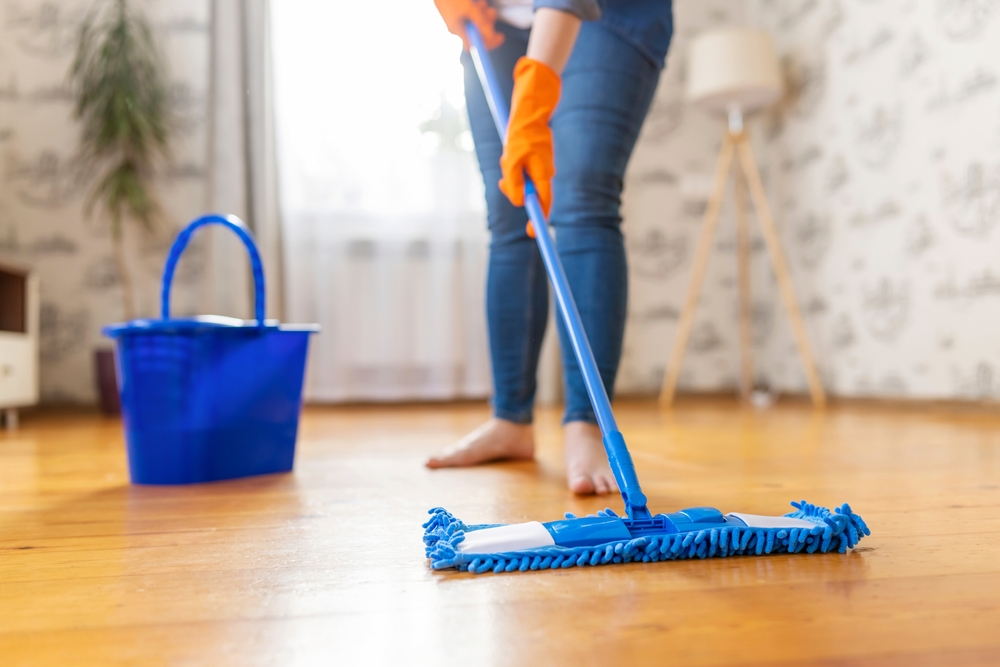
Routine Maintenance Guidelines
- Regular Inspection: Periodically inspect your floors for signs of wear or damage. Early detection can lead to simpler, more cost-effective repairs.
- Refinishing Schedule: Based on the traffic and wear, plan for periodic refinishing. For residential floors, this might be every few years, but high-traffic commercial floors might require more frequent attention.
- Professional Assessment: Consider having a professional assess your floors periodically. They can provide expert advice on care and potential issues.
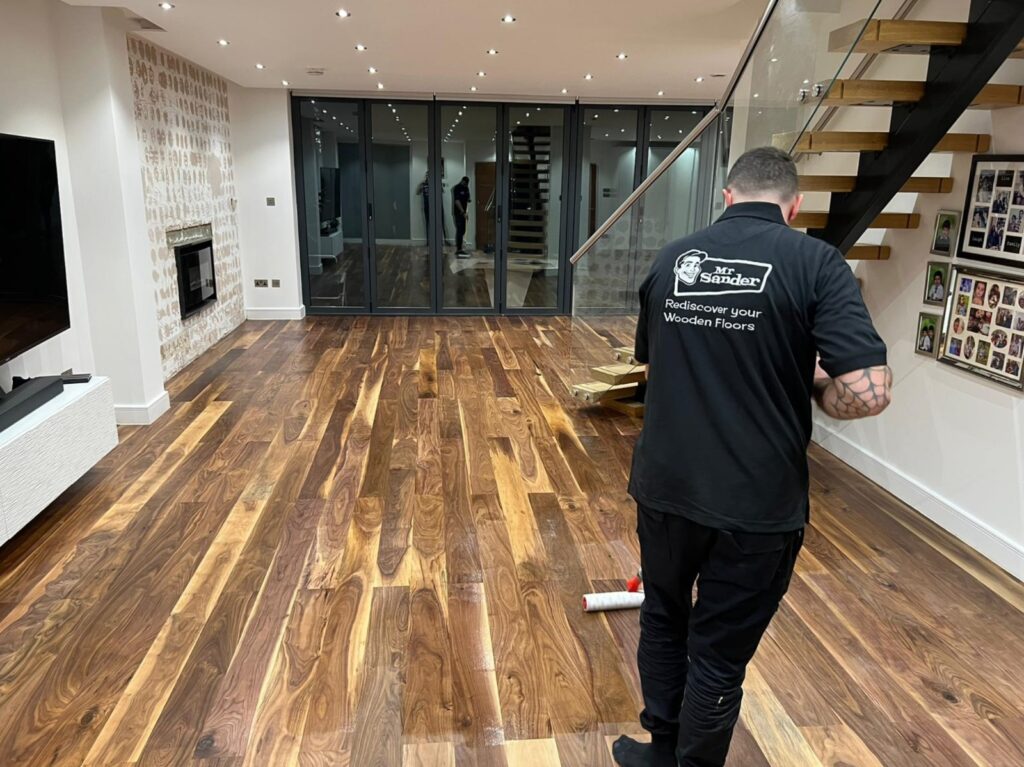
Conclusion
In this comprehensive guide, we’ve explored the different types of floor screening methods—dry, wet, and mechanical—each with its own unique processes, advantages, and ideal use cases. We’ve delved into the intricacies of each method, offering insights into their applications and effectiveness. Additionally, we’ve provided a comparative analysis to assist you in choosing the most suitable method for your specific flooring needs and discussed crucial post-screening maintenance and care practices.
The key takeaway is that floor screening, irrespective of the method chosen, is an essential aspect of floor maintenance. It not only rejuvenates the appearance of your floors but also plays a significant role in extending their lifespan. Whether it’s the minimal dust production and simplicity of dry screening, the controlled abrasion and dust reduction of wet screening, or the efficiency and consistency of mechanical screening, each method offers specific benefits that can be tailored to your floor care requirements.
Remember, the longevity and beauty of your floors are not solely dependent on the screening process but also on the continuous maintenance and care they receive afterward. Regular cleaning, proper finishing, and timely refinishing are all integral to keeping your floors in pristine condition.
We hope this guide has provided you with valuable information and insights to make informed decisions about floor screening. Whether you’re a homeowner, a professional floor technician, or someone passionate about floor care, understanding these different methods will undoubtedly aid in maintaining the beauty and integrity of your floors for years to come.

Sanding
We provide virtually dust-free sanding with our continuous belt machinery with mobile extraction units, giving you a safer environment for your family.
Oiling
This organic finish not only adds beauty to your home but also has exceptional water-repellent characteristics, making it easier to clean and maintain.
Waxing
This natural floor finish offers the softest and most mellow appearance – and leaves your floor able to breath.
Buffing
Using soft buffing machines (and hand-polishing where required) will bring a wonderful sheen to your newly-finished floor.
Repairs
We offer a full assessment of your wooden floors to determine what repairs are needed to provide the perfect working surface for the later stages of sanding, staining and sealing.
Restoration
We offer a comprehensive restoration process designed to address floors that are improperly fitted or damaged over time through wear and tear.
Request a fixed price quote for your wood floor restoration now
Simply enter your postcode below to get started.
Services
Wood Floor Sanding Wood Floor Restoration Wood Floor Scratch Repair Squeaky Wood Floor Repair Parquet Floor Sanding Parquet Floor Restoration Commercial Floor Sanding Church Floor Sanding Community Centre Floor Sanding School Floor Sanding Gap Filling Gap Filling with ResinCopyright © Mr Sander®
Privacy & Cookies Terms & Conditions Complaints Procedure Cancellation Rights Sitemap